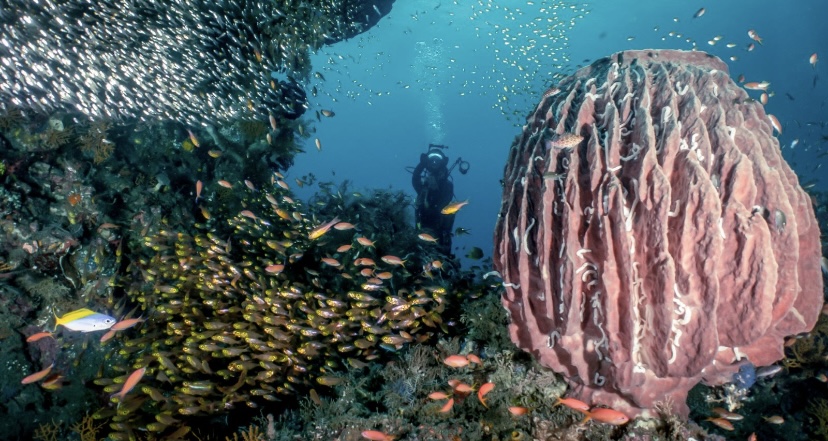
- Check your air before you enter the water.
This is a common mistake made by many divers. It is important to ensure that you do a buddy check before you enter the water. Checking that your air is switched on and that your tank is full should be part of this check. This can be especially dangerous if you are attempting a negative entry dive.
- Check your air when you reach the bottom after descending.
Most divers use a good portion of their air on the descent, so it’s a good habit to get into to check your air as soon as you have reached the bottom. If you are descending on a slope, check it every 5m-10m.
- Monitor your air every 10 minutes or so – more often for deep dives.
Think of something you do often; for example, I get cold easily so I often look at my computer to check the temperature, every time I do this, I check my air.
- Place your air gauge somewhere you are likely to see it.
Don’t tuck your air gauge into a pocket that you are likely to forget about. The best place to store your gauge is to tuck it between your stomach and your waist clip – this means that it is easy to look down and see how much air you have and your gauge is still securely tucked into your gear and not dragging along the reef. Many BCD’s have easy stow options – ask about yours on your first dive if you are renting dive equipment.
- Consider an air integrated dive computer
The SUUNTO range of dive computers have the option of air integration – this means simply that you add a device to your first stage (the top part of your regulator that connects to the air cylinder) and you can then monitor your air on your dive computer.
- Check your air before you start to ascend
Just like the descent, it’s a good idea to check your air before you start ascending and again as you complete your safety stop.
Do you have any other good tips? Let us know in the comments below!
Happy Diving!



